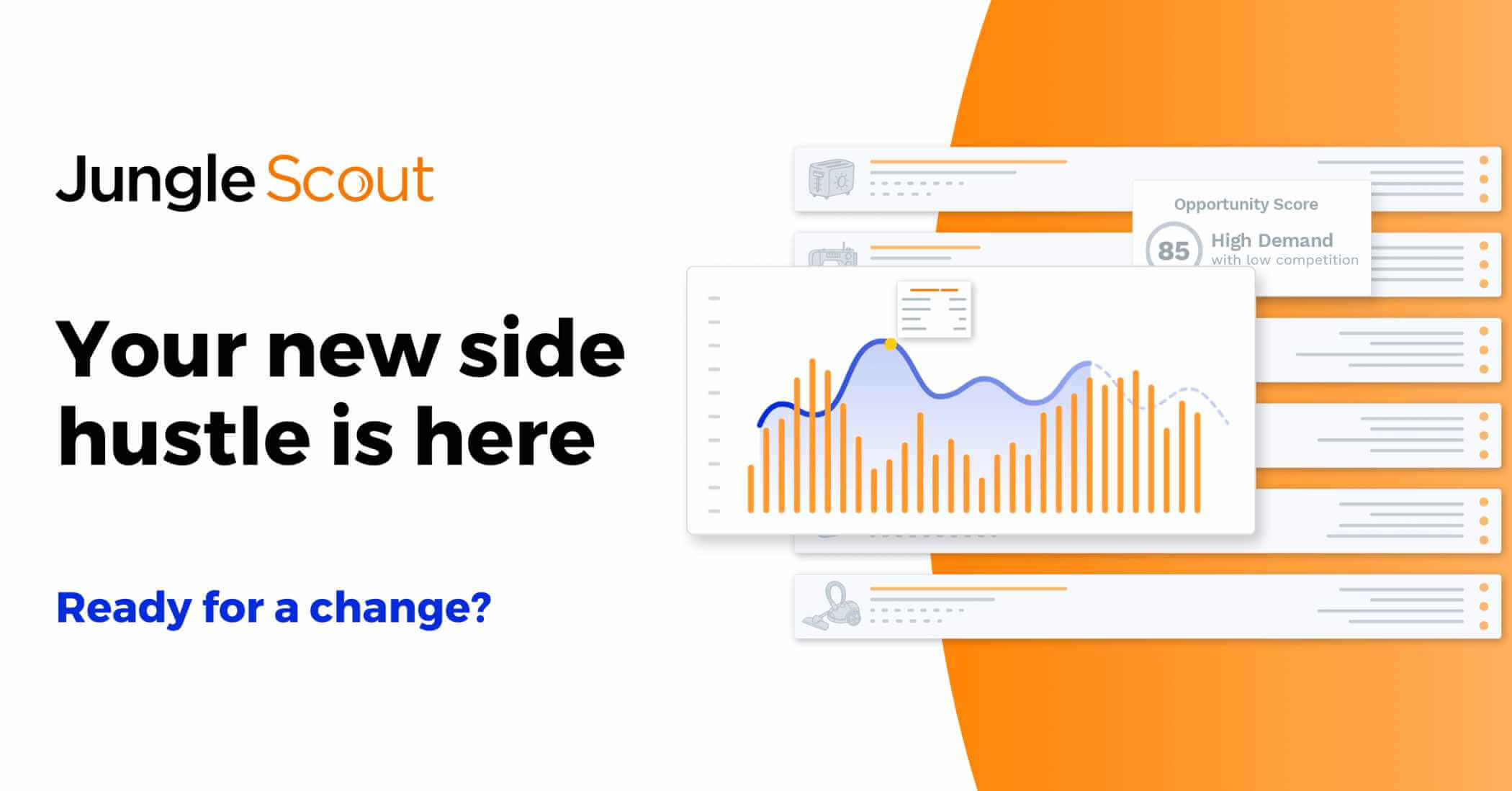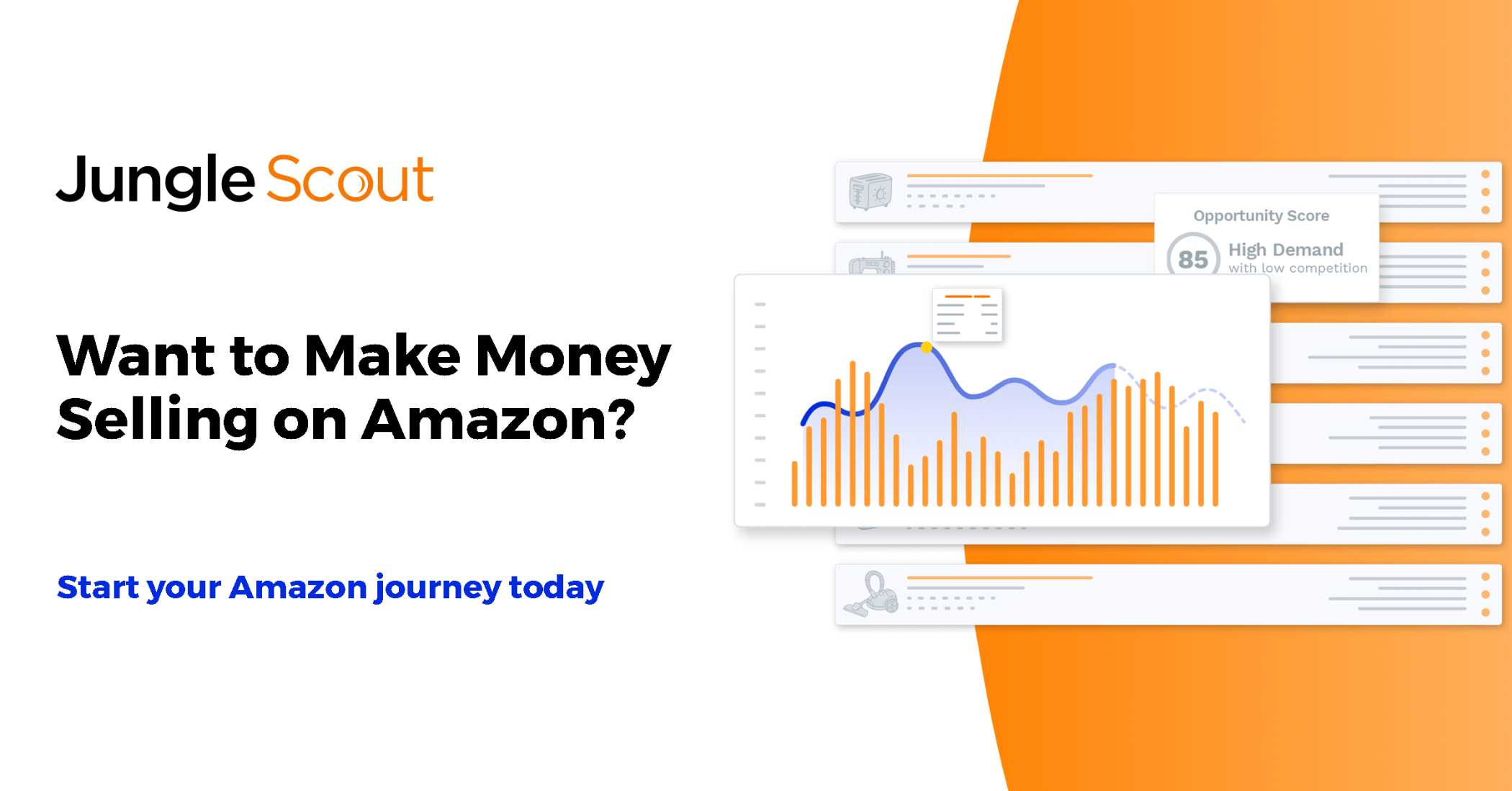Last Updated on
 The Story…
The Story…
Bob sells dish ware online. He sells on Amazon and his own website. His sales are over $250,000 and he feels that things are going great.
What Bob doesn’t realize is that he’s making a huge mistake relating to his profits.
Sure, he keeps track of all the costs involved in selling online, the Amazon commissions, product costs, shipping costs, and shipping supplies.
But…
He’s forgetting to track one of the most important business metrics: Net Profit.
And when he starts, it doesn’t look pretty…
Why do Most Amazon Sellers Miss out on Real Profits?
It’s because there are two different types of profits…
It comes down to the difference between Gross and Net Profit.
One is easy to calculate right on the spot, and unfortunately, the more important Net Profit, doesn’t get looked at enough.
What is Gross Profit?
Wikipedia puts Gross Profit this way:
In accounting, gross profit or sales profit is the difference between revenue and the cost of making a product or providing a service, before deducting overhead, payroll, taxation, and interest payments.
Whew!
In other words…Gross Profit is your sales minus your product costs.
It’s important to know.
If you’re buying or making a product that costs you $8 and you’re selling it for $5, that’s a problem.
Many sellers get this right starting out.
The problem in their business occurs when they forget about Net Profit.
What is Net Profit?
To give a somewhat official definition, we’ll turn to Wikipedia on Net Profit:
Net profit is a measure of the profitability of a venture after accounting for all costs. In accounting, net profit is equal to the gross profit minus overheads minus interest payable for a given time period (usually: accounting period).
A common synonym for “net profit” when discussing financial statements…is the bottom line.
We’ve discussed finding the Net Profit or Complete Product Margin as it relates to the items you sell.
But here, Net Profit is referring to “at the end of the day” is your business making money.
Is your business covering all costs with some (hopefully lots) of money left over…your net profit.
Is Net Profit just for Accountants & Taxes?
No way.
As a business owner, you should be looking at your net profit on a monthly basis.
It’s not that hard…except for…you have to do…the most unfavorable task in all businessdom…
Keep up on entering your income and expenses.
Whether you enter the info into QuickBooks or have someone else do it, make sure your business expenses are recorded soon and often.
The reason why is as simple as the food on your table.
No Net Profit = no food on the table. It’s what’s left over after you pay all your business expenses, and it’s what you get to keep or re-invest in your business.
If your Net Profit is negative, it means you’re going to need to pump money into your business to keep it afloat.
How does this Relate to Amazon Sales?
Net Profit is important to every business.
Selling product online is a fun business, but making sure your business makes money is very important.
Many internet entrepreneurs selling online look only at the gross sales meanwhile, their businesses are dwindling.
If your gross profit looks great but you’re doing a lot of business travel or generating other expenses, it all adds up and needs to be looked at each month.
Here are just a few to make sure you’re not overspending:
- Market Costs
- Advertising Costs
- Business Travel (any overnight trips). If you travel overseas, you need to watch this one close.
- Mileage Expenses for Day Trips
- Office Expenses
- Supplies
- Utilities
If you’re keeping QuickBooks or your accounting software up to date with your sales and expenses, then you just need to run the reports.
But don’t I get to “write off” all these Expenses?
Yes, you can “write off” qualifying expenses for taxes, but the idea that spending extra saves you money is hopelessly flawed.
Let’s take the humble stapler as a representative of all the business supplies, and expenses related to operating your business.
Money you spend on “staplers” is money that will never hit your pocket as income to buy the things you really want.
At the end of the day, would you rather have a room full of staplers or a room full of cash profits from your business that you could go use as you please?
It’s like spending $1.00 to save $.15.
Go and do that all day, and you’ll be out of cash fast.
Each dollar you have should be used to make you money or to pay you money directly through your business salary or owner’s draw.
Invest, don’t expense.
Buy a “stapler” if your business needs it to make more sales, and doing so will help you make more money.
Keep these Things in Mind about Net Profit
It’s important to look at the following things related to Net Profit:
- Frequency – Are you reviewing Net Profit numbers each month?
- Percentages – Look at not only Net Profit dollars but also the percent (you can add that in the reports options in QuickBooks).
- Trends – Is your Net Profit percent going up each month?
- Anomalies – Compare your expenses month after month as a percentage of Net Profit (QuickBooks can do this in the reports options). Look for big increases. As a percent, did freight costs rise from month to month or did other expenses have a big increase?
- Targets – Create a Net Income Percent target to work towards. A greater profit percentage means more money in your pocket at the end of the day.
That’s a lot to digest, so if you were to pick one, choose frequency. Look at your Net Income each month, and you’ll start to focus on the other key points.
Just by looking at your report in QuickBooks, you’ll be light years ahead of the pack who rarely look at their bottom line.
(A side note: don’t forget about asset depreciation. If you buy an expensive computer for example).
So what about Bob?
Once Bob from our story ran a report from his accounting software, he saw that he had lost money for the past few months because he let his freight and other costs get out of control.
Reining those costs back in, he was back on his feet in no time, but he wouldn’t have been if he hadn’t taken a look at his monthly Net Profit numbers.

